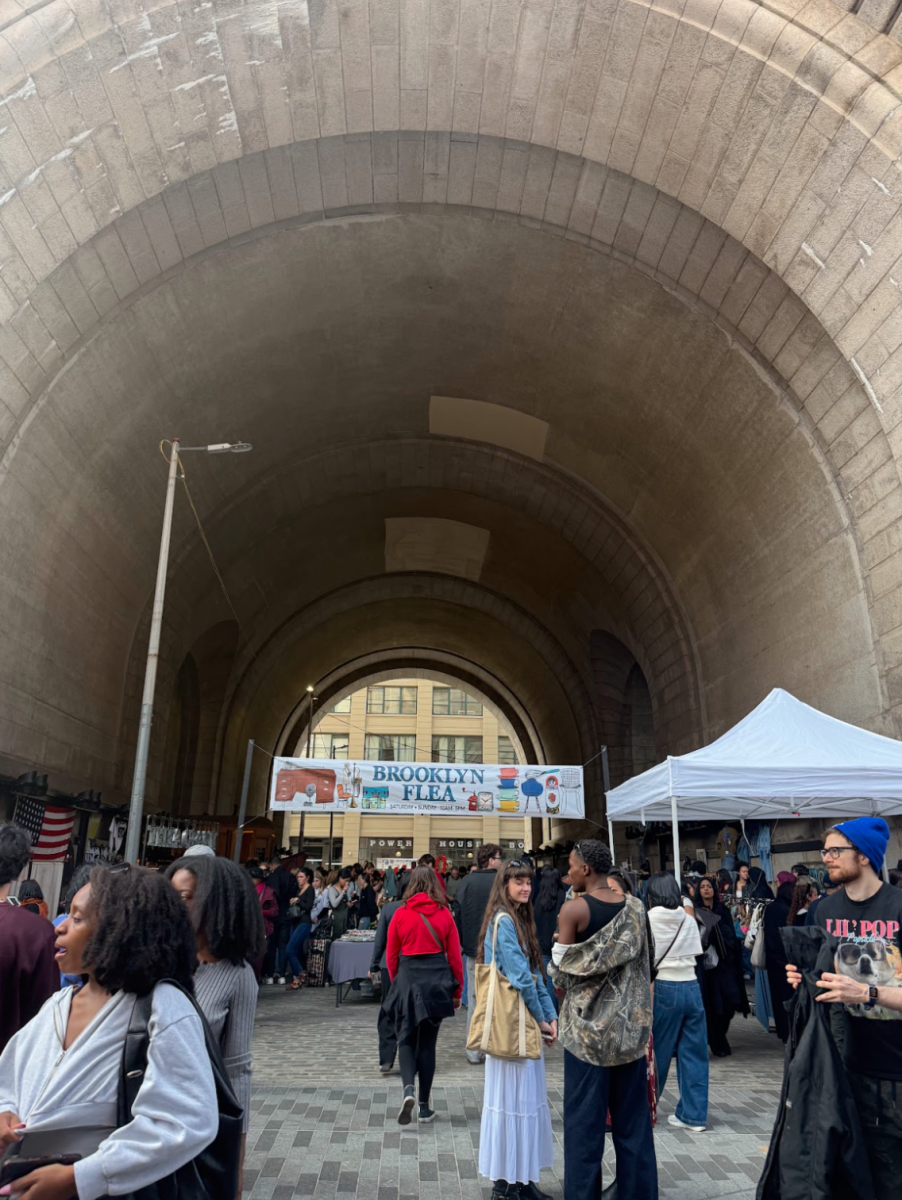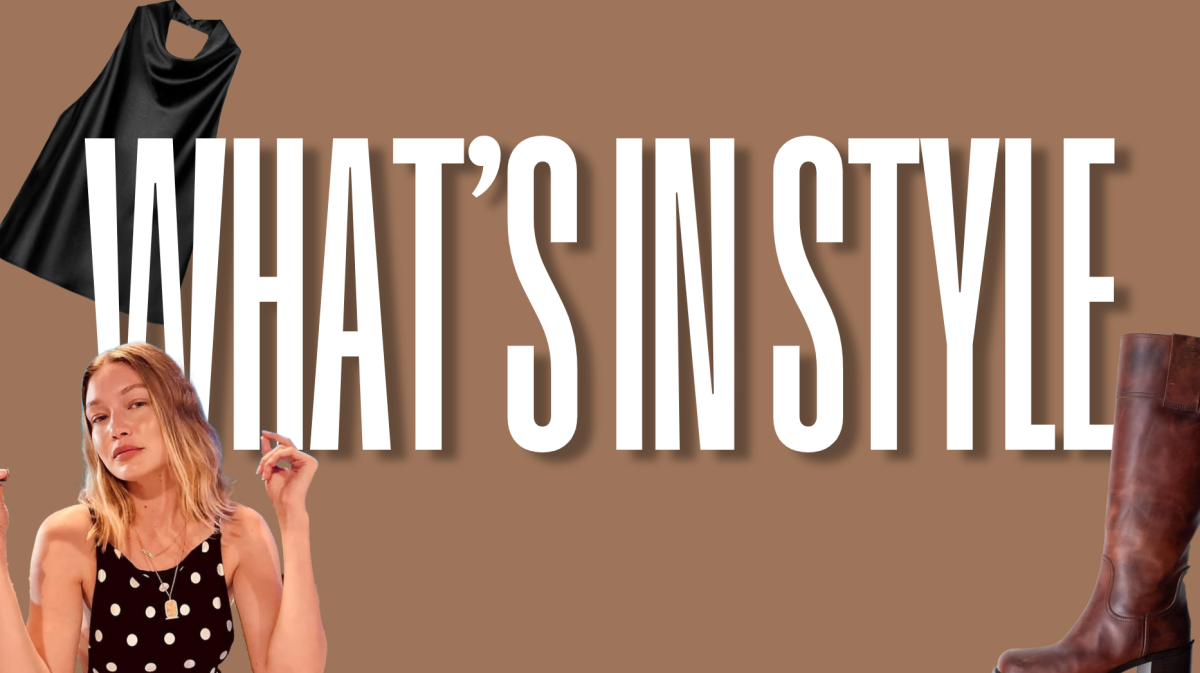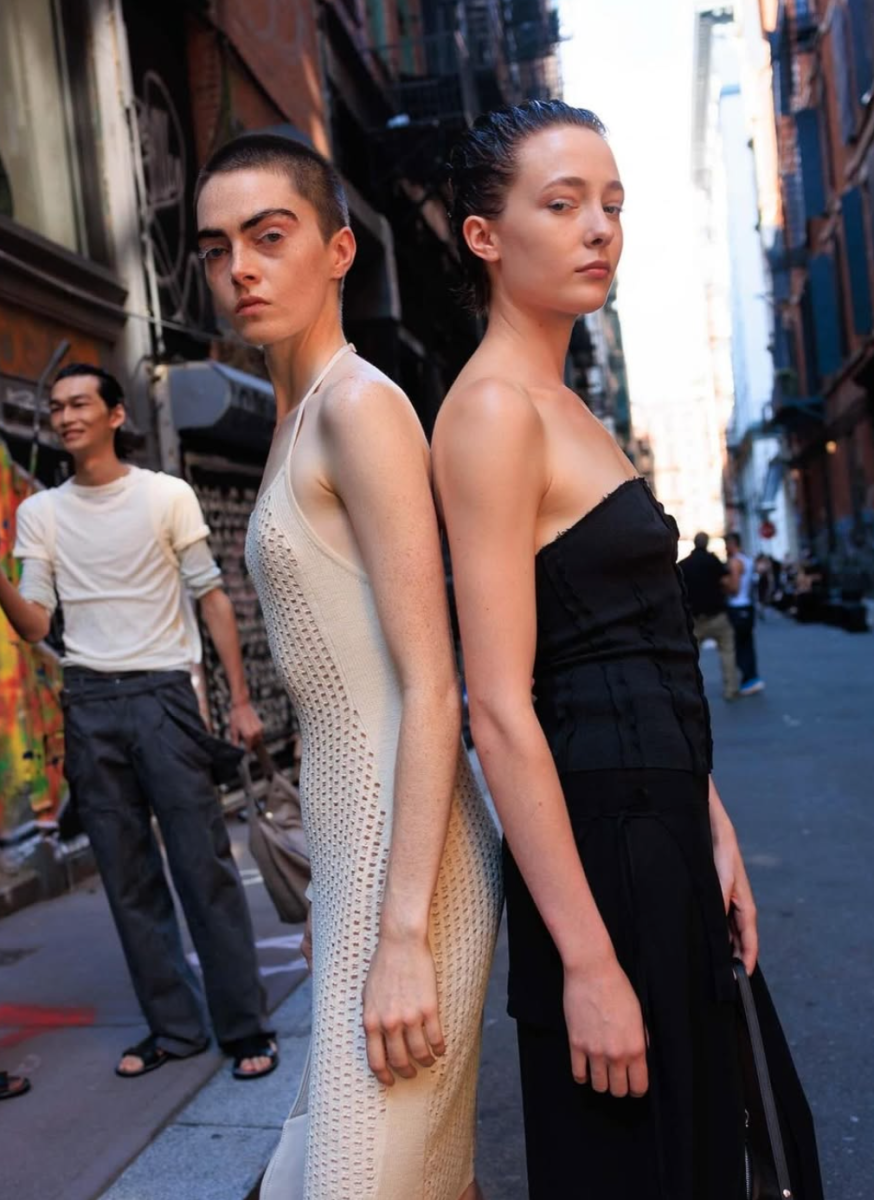By KEVIN ZEBROSKI
COLUMNIST
Modern jackets are cut to a much shorter length than their traditional counterparts. They cut off at a high hip level at the bottom, and tend to fit more snugly on the shoulders than a suit jacket from any other era of history might. This sweeping trend of shorter jackets is largely attributed to the efforts of Thom Browne’s revisionist interpretation of traditional American clothing, but it would be unfair to ignore the European influence on downsizing menswear.
The conspicuous French label Dior Homme introduced the paradigm of thin male models and appropriately thin jackets, a departure from the more traditionally masculine silhouettes of the 1990’s. These very thin suits brought about the skinny tie’s resurgence and the popularization of narrow lapels. These downsized components that are now so firmly ingrained into modern fashion were originally avant-garde statements about the striking visuals of androgyny.
The short and slim suits of today are a result of proportional adjustments. A jacket in the 1970’s had broad lapels and padded shoulders, which communicates the image of traditional masculinity. Ben Affleck’s Argo was an excellent example of historically accurate 1970’s wardrobe work. The suit of 2013 emphasizes traditional masculinity values far less. Essential design philosophy provides a greater influence on modern tailoring.
Design philosophy’s basic rules are that form should meet function in a visually pleasing and intuitive way. The function of a suit is to provide a second layer for the wearer to protect his skin from the elements, and the close fit of a modern suit means that only the necessary amount of fabric is employed to cover the body. Ease of motion in a suit is necessary, and the high armholes of modern suit design allow for a wider range of motion. A suit should—at least in areas with potentially cold weather—be layered underneath warmer garments, and the close fit of a modern suit makes layering a possibility without encountering encumbering bulk.
Finding this sort of fit can be difficult when trying to avoid the designer tag for fear of rapid poverty. It’s easy to look at many designers’ lower end labels for pieces of clothing similar to their main line made with less expensive materials. These lower-end labels often retain the visually striking elements of a given designer’s philosophy, but market themselves towards a younger and less luxury oriented market. Marc by Marc Jacobs and the Thom Browne with Brooks Brothers collaboration Black Fleece are good examples. Wait for them to go on sale or you’re going to have a bad time.















































































































































































































